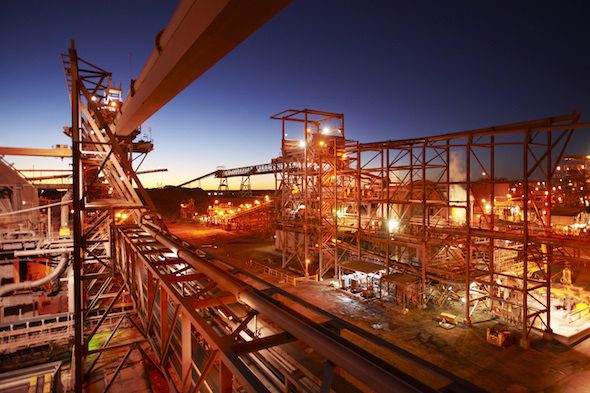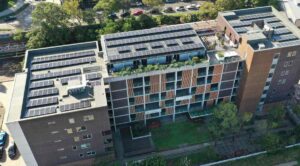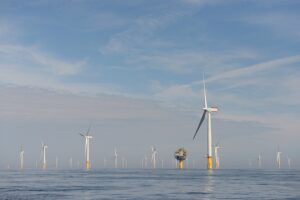Mining giant BHP has put its electricity contracts for its operations on Australia’s main grid and in Chile out to tender, and expects that offers including renewable energy could present the cheapest and most efficient options.
BHP consumes about 6 terawatt-hours in Chile, around seven per cent of that country’s annual electricity demand, and it has a 300MW requirement for the operations on Australia’s National Electricity Market, including for the power-hungry operations at Olympic Dam in South Australia.
“We are in market in both Chile and Australia for significant amounts of energy,” the head of low emissions technology at BHP, Kirsten Rose, said at the Energy and Mines conference in Perth this week.
“The ability to use BHP’s purchasing power in this way is significant… these are technology agnostic tenders by the way, but we encourage innovation and to bring value to the table.
“We are really interested to see what happens, but we fully expect there will be a significant renewable component to that…. and that for us could be game changing.”
Recent tenders held by corporates and utilities have underlined the cheaper cost of wind and solar, including the cost of “firming” to ensure consistent supply.
Zinc refiner Sun Metals has turned to solar in Queensland to underpin the expansion of its refinery near Townsville, while Sanjeev Gupta is looking to solar and battery and pumped hydro storage to lock in lower costs for the Whyalla steelworks.
Other major companies are slashing their costs, too, through long-term wind and solar contracts, and Infigen Energy recently tied up new customers with deals of around $60/MWh or less – significantly lower than existing wholesale prices.
Rose says the BHP tender would evaluate cost, reliability and emissions, but she notes that for the first time BHP is putting a strong emphasis on the carbon content of its electricity supply contracts. “We are certainly turning the evaluation on its head from what we have done in the past.”
BHP’s comments come amid an energy policy vacuum at federal level, with the Coalition government showing no interest in tightening the country’s emissions reduction targets, or laying out a long-term energy policy. Or even a short-term one, apart from the repeated threat of market interventions.
The Minerals Council of Australia, with both its previous CEO and deputy CEO now lodged within the inner advisory sanctum of prime minister Scott Morrison, is pushing for new investment in coal-fired generators, and even nuclear power.
Most of the mining industry, however, is looking the other way, conscious of the extremely high cost of new coal generation and nuclear, and the plunging cost of wind and solar, and the development of storage solutions and integration.
The Energy and Mines conference in Perth this week heard numerous examples of major mining companies looking to reduce diesel and gas consumption, and new projects are looking to use at least 50 per cent renewable energy share, to keep costs low, to conform with customer requests for low-carbon supplies, and to get some certainty about future energy costs.
Rose says BHP is also looking at renewable energy options for its major mining operations in W.A., which mostly centre around iron ore in the Pilbara. Alinta Energy is planning to build a new transmission line, and a 60MW solar farm, to supply big mines owned by Gina Rinehart and Fortescue Metals.
In the broader corporate sector, more and more companies are turning to power purchase agreements with large-scale wind and solar farms, or their brokers, for the same reasons – cheaper, cleaner and more predictable energy cost outcomes.
The corporate market is expected to underpin much of the new investment in renewables in the coming decade, along with state-based schemes in Victoria and Queensland, and the need to replace ageing coal generators that are due to leave the market, or which will be forced out because of costs and reliability issues.










